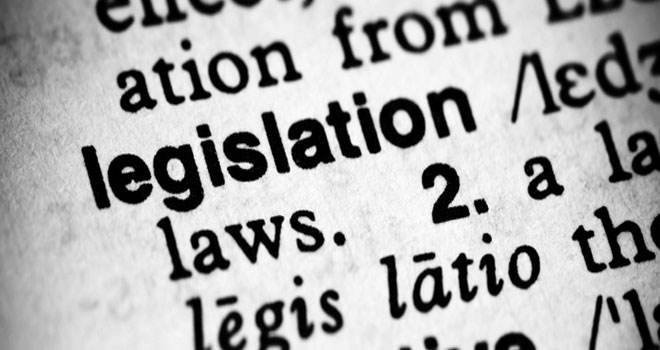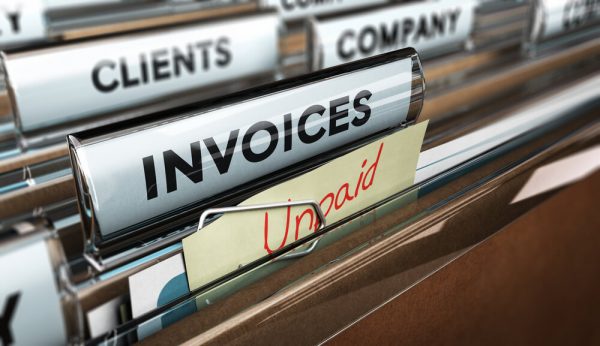Creditor
Tips for creditors in administration
Many business owners and directors will return after lockdown to discover they’ve become creditors in a statutory insolvency procedure, most likely administration. This is because administration is an attractive solution for business owners looking to avoid incurring further debts with suppliers following Covid-19. The procedure is a rescue mechanism for asset-rich but insolvent companies and…
Read MoreHow to make the most of creditors’ meetings
Most creditors assume they’ve lost all their money when a customer enters a formal insolvency procedure. That’s because few creditors understand how much they can influence an insolvency procedure by actively engaging at Creditors’ Meetings. Creditors’ Meetings usually take place between 1 and 10 weeks after a company declares insolvency. At this meeting, creditors are:…
Read MoreCongested courts the only option for debt enforcement
While the restricted use of statutory demands and winding-up petitions will provide a lifeline for many struggling companies, the move also forces creditors chasing overdue debts into an already overburdened court system. As it stands, the only remedy to enforce payment of a debt is through a High Court enforcement officer. You may send out…
Read MoreCorporate Insolvency and Governance Act Explained
In the weeks ahead, the Government will attempt to stimulate Britain’s flagging economy with the introduction of the Corporate Insolvency and Governance Act. The Act, which recently came into law, proposes an extensive shake-up of the insolvency regime. But exactly how will these changes affect business owners? Well, that depends if your primary focus is:…
Read MorePost-Covid-19 termination clauses
One of the most controversial proposals in the Corporate Insolvency and Governance Act is the suspension of termination clauses. Medium and large creditors are prevented from using the terms of their contract to stop the supply of ‘essential’ goods and services to a company in a formal insolvency procedure. However, the suspension of termination clauses…
Read MoreHow to deal with disputed invoices
Dealing with disputed invoices can be challenging, especially if your customer is squabbling simply to avoid payment. The most important thing is to take time to understand what the dispute is. Then, isolate and seek to resolve the issue as quickly as possible. If you believe the dispute is bogus, explain your reasons and press…
Read More




